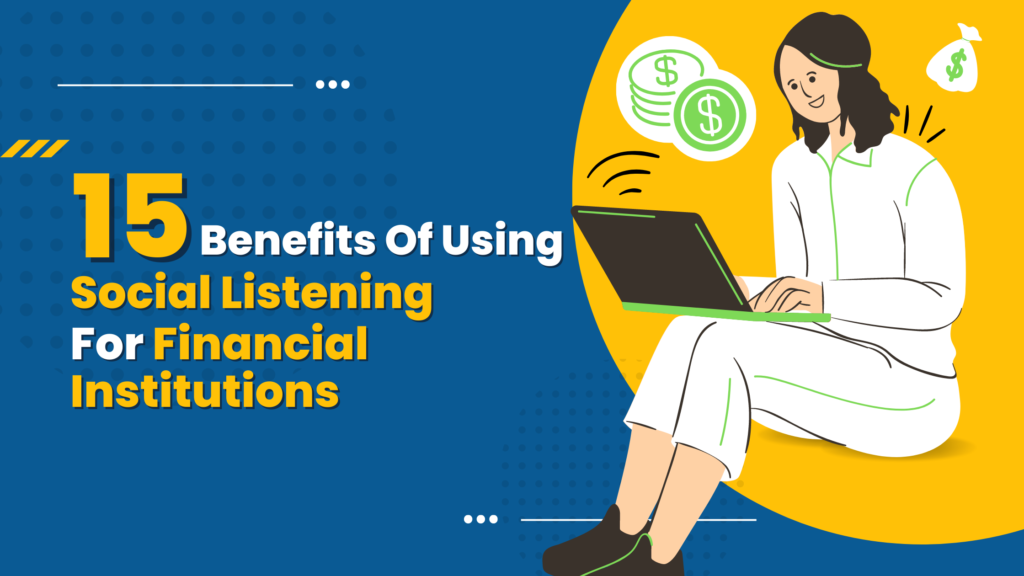One of the biggest benefits of social listening is the ability to gain valuable insights into customer behavior and preferences. By tracking social conversations, financial institutions can determine which products and services customers are interested in and what they are saying about their current offerings.
Social listening is also a great way to stay ahead of the competition. Financial institutions can use social listening software to track their competitors’ social conversations and see what they are offering and how customers respond. This allows them to adjust their strategies and offerings accordingly.
Finally, social listening is a great way to build relationships with customers. Financial institutions can show customers that their opinions and feedback are valued by responding to social conversations. This can lead to increased loyalty and brand advocacy.

